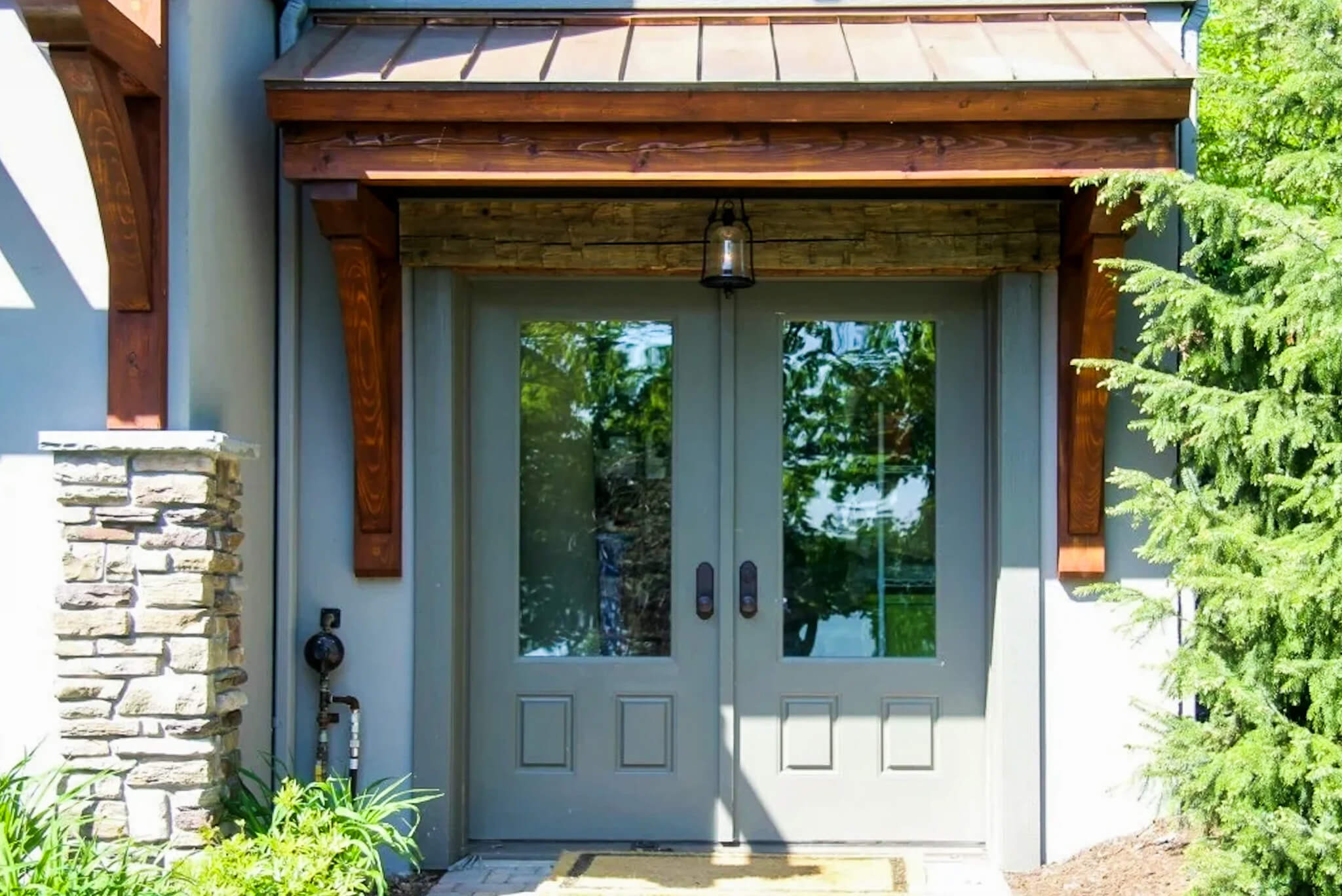If you’ve ever had a child on crutches, parents who are experiencing problems with walking, or if you've had an injury or surgery that impeded your own mobility, you know that entering and exiting some homes and buildings can be frustrating. Below are some recommendations to consider for your entryways and exits if you're undergoing a new home construction or remodeling project that will help accommodate residents at all levels of ability and at life's various stages.
In the construction and remodeling business, designing for accessibility is referred to as “Universal Design.” Designing your living spaces to be accessible and usable for all regardless of age, size, or abilities, will ensure your space can accommodate all of your friends and family and allow you to age-in-place in your home.
Here are some tips for making entryways secure and easy to access:
- Add lights to pathways and entryways to your home
- Install flood lights with motion sensors and lights with photoelectric eyes that automatically turn on at dusk and off at dawn
- Check walkways frequently to be sure they’re in good condition
- Repair holes, cracks, loose pavers and unleveled areas of sidewalks and paths
- Install handrails on both sides of steps
- Install lever style door handles
- Install no step, no trip thresholds near doors
- Exterior doors should be 36 inches wide to allow for 32 inches of clearance.
- There should be at least one no-step entry into a home
- Consider non-slip flooring in the foyer
- Install a peep hole at an appropriate height for all residents for security
- If needed, install ramps to doorways
For more information, check out these other resources:
National Association of Home Builders (NAHB) Aging-In-Place Remodeling Checklist
AARP's Home Checklist for Aging in Place
Contact us today to start discussing your upcoming projects. Our team will work with you every step of the way!

